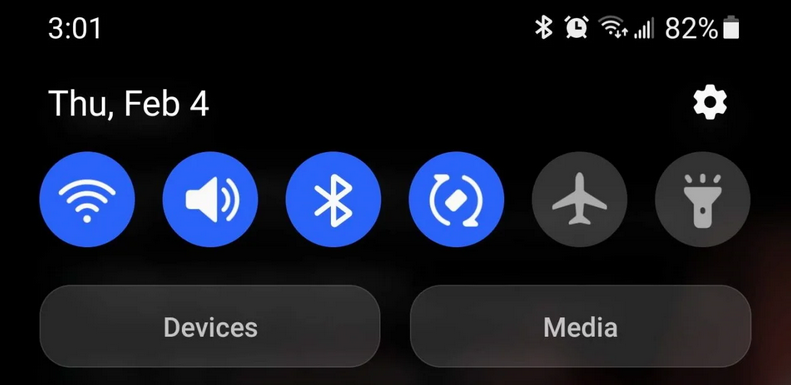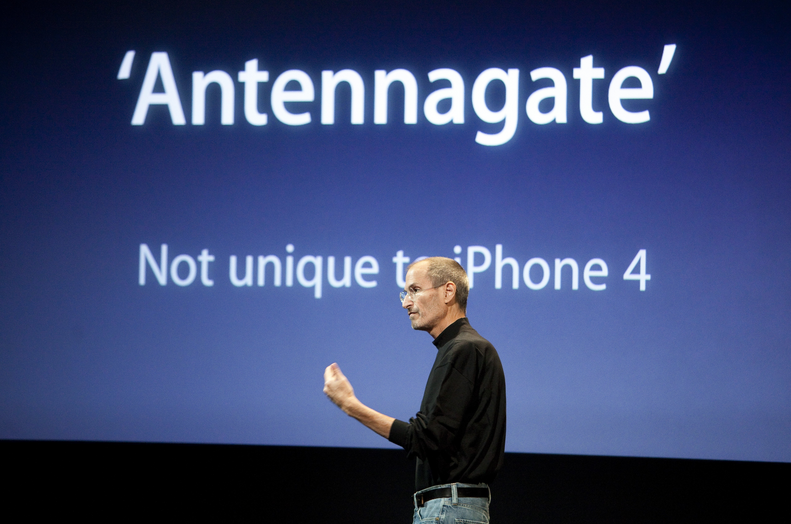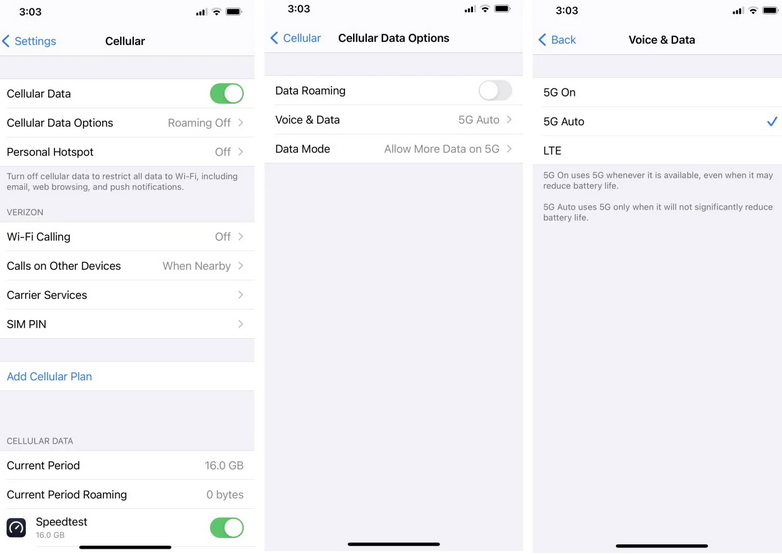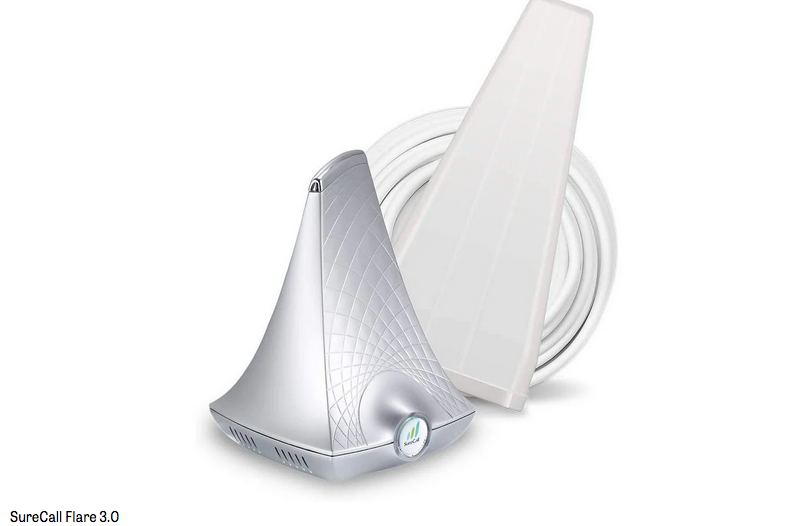
1. Toggle Airplane Mode or Reboot Your Phone
Phones can experience moments of confusion. After all, who doesn’t? Your phone doesn’t continually hunt for the optimal signal to preserve battery life. Consequently, there are instances, particularly when in motion, when it might cling to an outdated perception of network availability.

The most efficient solution to address this issue is to toggle airplane mode on, wait approximately 10 seconds, and then toggle it off. This prompts your phone to reevaluate available networks. You can usually access airplane mode through your iPhone’s Control Center or Android’s Quick Settings panel by swiping down from the top of your screen.
In some instances, a phone reboot may be required. This becomes necessary when crossing international borders or, on occasion, when entering or leaving roaming carrier zones.
2. Hold Your Phone a Different Way
Remember “antennagate” Many mocked the iPhone 4 for having antenna bands that were easy to block with your hand. Well, that still happens sometimes. You might be accidentally blocking whatever antenna on your phone is in use or the one closest to or most appropriately pointed at the cell tower.

The ultimate way to test this is to just hold up your phone with two fingers, blocking as little of the device as possible. Phone cases, by the way, shouldn’t block cellular signals, but removing the case from your phone can’t hurt.
3. Get a New SIM (or Clean Yours)
If you’ve been with your carrier for a long time, it’s possible that your SIM card lacks the necessary data to connect to the most recent network systems. The contacts on the card might also be dirty or experiencing wear, leading to intermittent issues. To address this, begin by removing your SIM card and cleaning its metal surface using a disinfectant wipe or a cotton swab with a small amount of rubbing alcohol.
4. Change Your G

3G, 4G, and 5G all have different properties and, sometimes, come off different towers. I’ve seen instances where a network demands that a phone try to grab a weaker signal that’s farther away just so it can get a “5” in the status bar. This isn’t just marketing; the newer a network your phone is on, the more efficiently it uses carrier resources, so it’s worth it to the carriers to have as many devices on the newest networks possible.
Unfortunately, that sometimes means individual devices get stuck with weak connections. It’s worth toggling between different available network modes in case your carrier’s logic is privileging newer systems over more usable ones. This is something we especially advise for Verizo customer.
On the iPhone, go to Settings > Cellular > Cellular Data Options > Voice & Data and you should at least be able to choose between 5G On, 5G Auto, and LTE (4G).
On many Android phones you can go to Settings to access a section called either Connections or Wi-Fi and Internet. Choose Mobile Network or SIM & Network, or something similar. There should be a network mode option that allows you to select between 5G, 4G, 3G, or even 2G.
5. Use Wi-Fi Instead of Cellular
Are you using Wi-Fi to your maximum benefit? The best network for your phone might be your home network. That includes calling; almost all modern phones support Wi-Fi calling, which you can generally activate in the cellular or calling settings on your phone. Improving your home Wi-Fi with a mesh system may be easier than trying to eke out a cellular signal where you live.
6. Check Your Bands (and Maybe Get a New Phone)
Carriers add new frequencies to their networks every few years. If your phone is very old, it may not connect to the newest ones, even on 5G. This is mostly a problem on T-Mobile, which has used more recently purchased frequencies to expand coverage.
Here’s how to cross-reference which bands you need at your location. Go to CellMapper.net, choose your carrier and location, and look for your nearest towers. Clicking on them should give you the frequency bands you’re hitting. Then, you can go to FrequencyCheck.com and see which bands operate on your phone model. If those numbers don’t match up, your phone can’t hear what the tower is broadcasting and it’s time for a new phone.
7. Buy a Cellular Booster

This is the most expensive solution, but also the most effective. Network signal boosters collect weak signals using large antennas and then rebroadcast them within your house or car. They start at about £200 for a one-device, portable unit, and go up to £1,200 or more for whole-home systems. However, they make a huge difference, often turning a single bar of wobbly signal into a full-strength, speedy connection.
